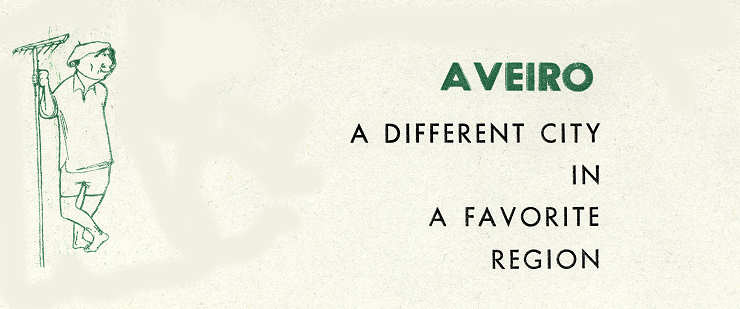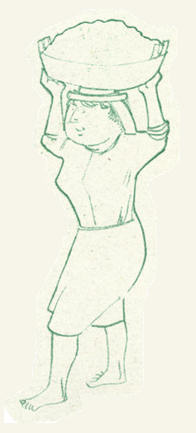|

AVEIRO
was already an important town in the 12th century.
From the reign of D. Afonso Henriques until
that of D. José I, it belonged to the Crown periodically. The majority
of its sucessive owners were people related to the monarchs, as for
instance, in the time of Jorge of Lancaster, illegitimate son of King
John II. To him we owe the construction in 1420 of the walls defending
the city which were demolished in the years 1806-1807, in order to
improve shore works, with the stone so acquired.
During the 12th, 13th and 14th centuries
Aveiro became more important through the prosperity it achived
principally by maritime trade. By then, it was a town of 12 000
inhabitants, one of the largest in the Kingdom, possessing an handsome
fleet of ships for fishing on the high sea.
The royal grant elevating Aveiro to a city
was dated the 11 th April 1779 and the bulI creating the diocese stems
from the 11 th April 1774 retracted in 1882 but restored shortly
thereafter.
As a sea-side center, Aveiro, in the heart
of the Beira Coastland, possesses all the conditions to make it a centre
of activity in the vast district which it dominates. Aveiro has
certainly managed to give up to its position as a modern city, paying
attention to the industrial progress of the region that it dominates.
Touristically Aveiro has a special place in
the portuguese panorama. The whole harbour area gives an effect of
natural decoration, which is much appreciated by the visitors because of
its rich variety of typical and original detail.
The extreme difference in charachter between,
on one hand, the people who live by the sea and river and make their
living off them, and on the other hand the ones who toil on land engaged
in agriculture, doesn't prevent them to have in common a certain
something, something portuguese which we don't encounter in a like
manner elsewhere. Owing to its beautiful vistas, the river, etc., some
call it the «Portuguese Holland», others moved by the poetry of its
sunsets and the whispering of its canaIs see in it a «Lusitanian Venice».
|
To complete this natural picture, to make it
even more alive we have the good people of the waterfront and the
graceful «tricanas», young girls all in their colourful and distinctive
clothes.
To make sure that the tourist doesn't miss
anything we must add that in Aveiro the fare is of an unique regional
charachter that wouldn't be despised anywhere: the famous soft eggs
which served in the simple «barricas» reveal a perfect and delicious
culinary art to the delighted buyer.
|
 |
|